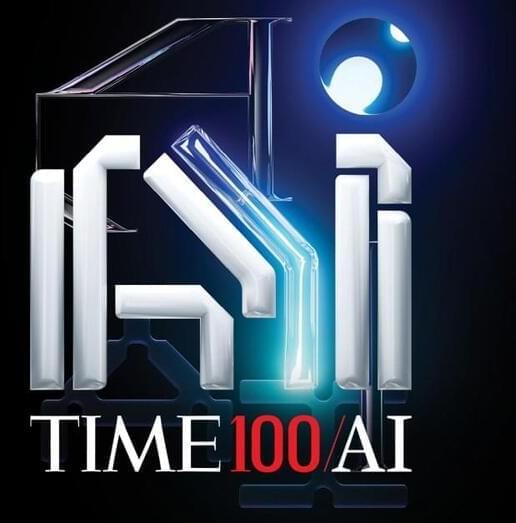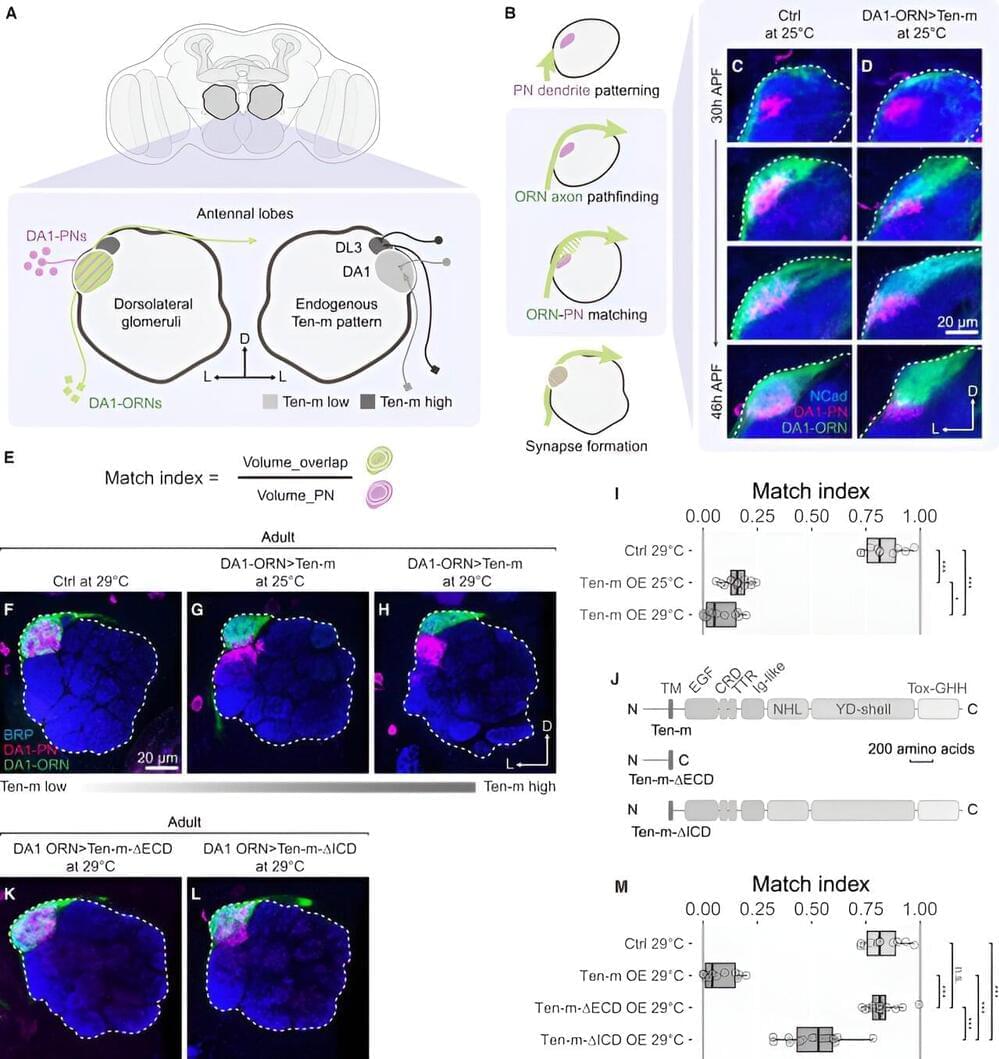
About 63% of the world population access the internet [Source: Statista] and a majority of them experience the internet through webpages. As such, the general population refers to the internet and the web pages interchangeably. Of course, those in the technology arena do know the difference but may or may not remember when and where the world wide web (WWW) was invented. Without its invention, the internet experience of today will not be the same.
100% of all living creatures experience something automatically and that is their “mass”, interchangeably and inaccurately referred to as “weight” by the general population. Of course, those who remember their physics know the difference. While material mass is taken for granted in general physics, there is a field of physics that tries to explain what gives materials their mass. The existence of the mass-giving field was confirmed when the Higgs boson particle was discovered.
The organization that is behind both the WWW invention and the Higgs boson discovery and many other remarkable inventions is CERN. The World Wide Web was invented in 1989 by Tim Berners-Lee while working at CERN. The existence of the mass-giving field was confirmed in 2012, when the Higgs boson particle was discovered at CERN.


















